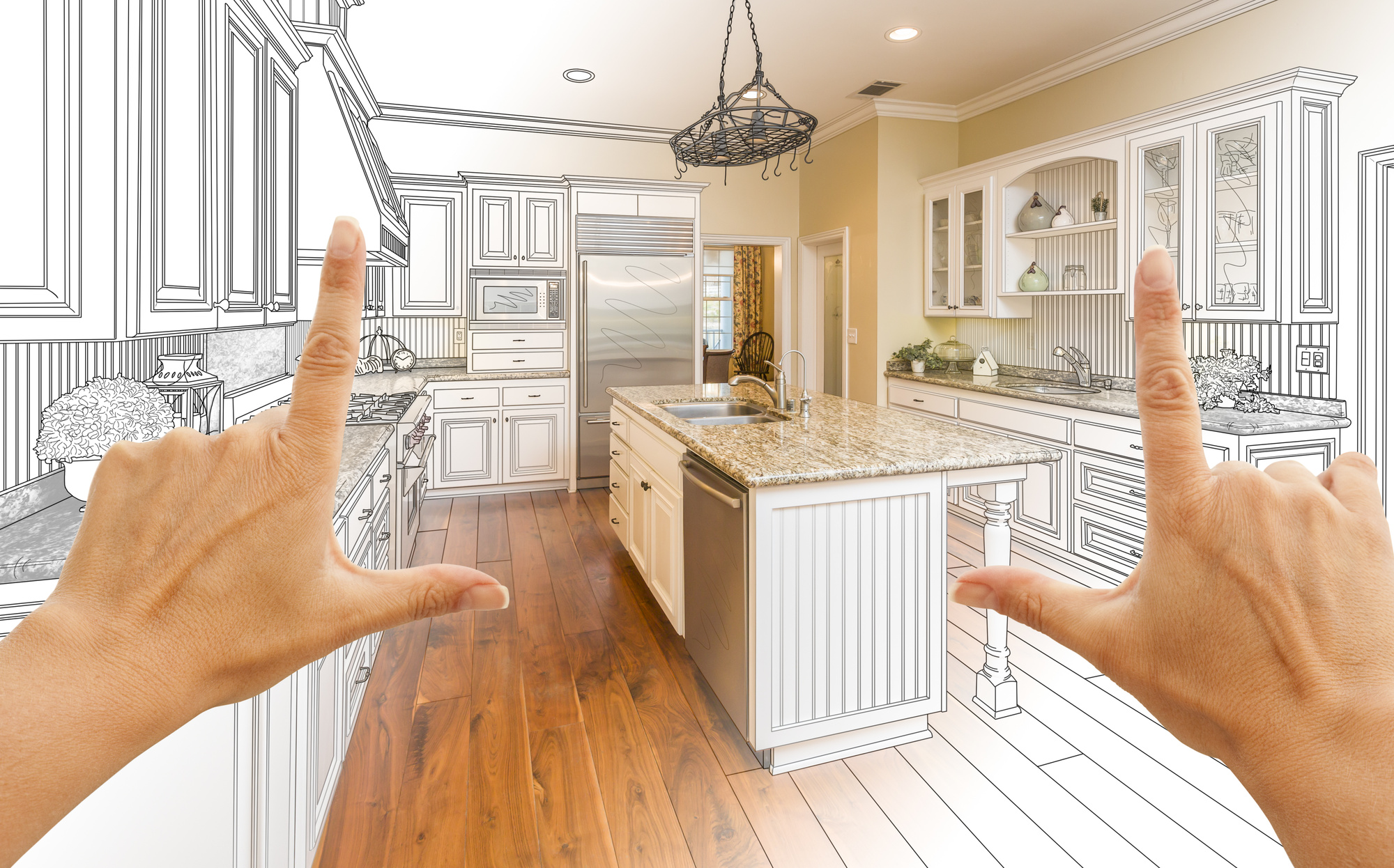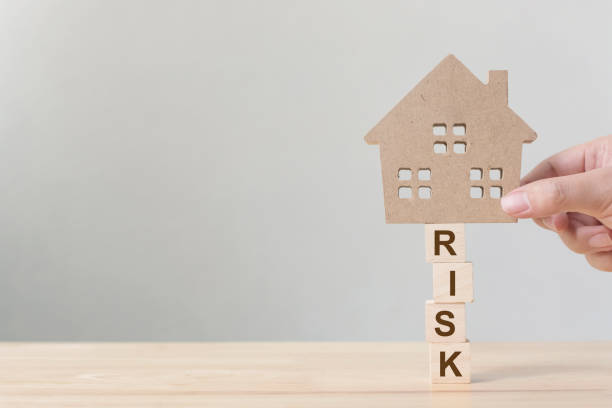Did you know that this year over 1,368,000 new houses have been completed in the United States? While many of these homes will be pre-fabricated or designed by others, others will be custom-built homes.
Building your own home is a lot more work, but it does allow you to truly create your very own dream home from the ground up. So, how do you go about building your own dream house? What are the steps involved?
To give you a better understanding of the process we’ve distilled it down into five steps. That way you can decide for yourself whether or not a custom-built home is better for you than a renovated option. Let’s get started!
1. Narrow Down Your Financing Options
Most people who want to build their own homes don’t have the money out-of-pocket to afford it. If you fall in this category, then you’ll need to find financing options that work for you.
Unfortunately, standard thirty-year fixed-rate mortgages aren’t an option here. Instead, what you should look for is a construction loan. Just keep in mind that these loans are more difficult to get than traditional mortgages.
Why? Because you’re asking the bank to fund a concept, not a physical property. As such, you will need to provide your lender with detailed plans for your new home. This includes things like blueprints, budget materials, and a rough timetable.
Also, keep in mind that these types of construction loans will likely come with a higher required down payment and higher variable mortgage rates.
2. Find the Right Plot of Land For Your Dream Home
Next, you need to decide where you’ll end up building your dream house. Unless you’ve inherited land, then you’ll need to scout out an area and purchase it. A real estate agent can help you find empty lots in your area.
Before your purchase the land, we recommend that you bring in an architect or builders you plan on using to check it out. They can advise you as to whether or not the property is a good fit for your blueprints.
We also recommend that you research any zoning laws or restrictions that might apply to the property. If you aren’t careful, then these types of laws can greatly increase the amount of money that it costs to build your new property.
3. Go Through the Planning Stage
Now, it’s time to plan your new home. You can do this before or after you purchase the land, but we recommend doing it beforehand. Your imagination is the limit when it comes to designing your dream home.
However, if money is the object, then you must make a budget and try to stick to it. If you’re feeling intimidating by this stage, then we recommend hiring custom home builders.
These types of individuals can help collaborate at both the design and collaboration stages of the project. Every home is different, but here are some things you should plan during this stage:
- Number of floors
- Number of bedrooms and bathrooms
- Individual rooms or open concepts
- Use of outdoor space
- Additional features like solar panels
4. Hire the Necessary Professionals
It’s extremely rare for someone to build their own home completely by themselves. As such, you’ll need to hire certain parties to help you. First, you’ll need an architect.
These individuals are vital during the pre-construction process because you’ll need their plans to even apply for permits. Once you have the plan you can find a home builder to start the construction.
A home builder will also help make sure that your home adheres to zoning laws and any infrastructure moments you need. In addition to these two essentials here are some of the other types of contractors that you will likely need to find:
- Interior decorators
- Land surveyors
- Clearing crews
- Electricians
- Plumbers
- Engineers
- Inspectors
5. Begin the Construction Process
Now, it’s time to begin the construction process. This begins with clearing the area and paving the way for utilities during the land prep stage. Next, you’ll need to create the foundation.
For most homes, this involves steel beams and a concrete base. If your home requires a crawl space or basement, then you will need to factor this in. After the foundation is placed it will be covered with waterproof material.
After that, it’s time for the bones of the house. This is called the framing and it includes things like subfloors, floor joists, and studs for the walls and roofing. To protect these bones from outside moisture at the construction site the team will likely wrap the framing.
Next, it’s time to install major systems, like your HVAC, plumbing, and electrical. After that, you’ll move on to the insulation and drywall phase. Now, you’ll begin adding the finishing touches on the interior and exterior. This includes things like bathtubs, walkways, and kitchen details.
Once you add all the necessary fixtures you can add to the floor. You want this to be one of the last steps to avoid contractors walking on it. Once your h9ome is complete, it’ll need a final inspection to ensure that it’s up to code.
Want More Content? Keep Reading
We hope this article helped you learn more about what it takes to build your own dream home. As you can see, there’s a lot of money and planning that needs to go into making a custom house.
And often this is only the tip of the iceberg when it comes to construction. There will likely be hundreds or even thousands of things you still need to address. However, at the end of the day, there’s nothing quite like living in a house that you had a hand in building.
So, if you’re ready to fulfill your dream home needs, then get started today. Did you enjoy this article? If the answer is yes, then you’re in the right place. Keep exploring to find more topics that you’re sure to love.


















